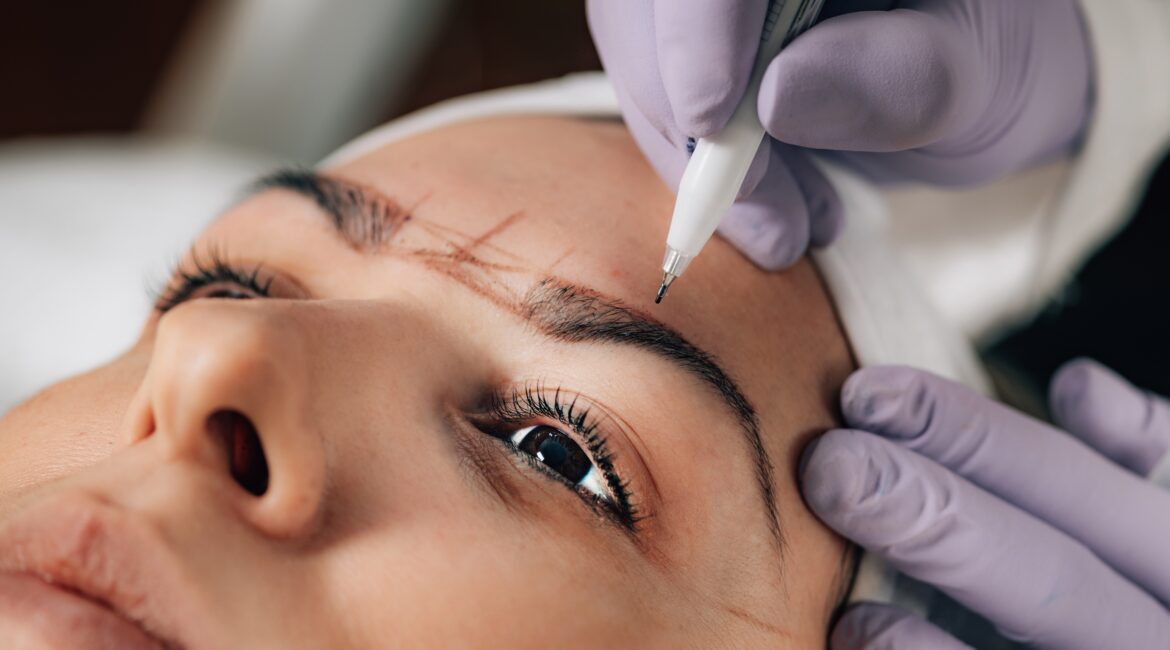Microblading is a semi-permanent cosmetic procedure that can give you fuller, more defined eyebrows. However, if you have oily skin, you may be wondering if microblading is right for you.
Oily skin can make microblading more challenging, as the oil can cause the pigment to fade more quickly and make it difficult to achieve crisp, defined strokes. However, with proper care, it is still possible to have a successful microblading experience with oily skin.
In this blog post, we will discuss the challenges of microblading with oily skin and provide tips for a successful healing process.
Challenges of Microblading with Oily Skin
As mentioned above, oily skin can make microblading more challenging. Here are some of the challenges you may face:
- The pigment may fade more quickly. Oily skin produces more sebum, which can cause the pigment to break down more quickly. This means that you may need to have touch-ups more often than someone with dry skin.
- It may be difficult to achieve crisp, defined strokes. The oil can make it difficult for the microblading artist to create crisp, defined strokes. This can result in a less natural-looking brow.
- You may experience more irritation. Oily skin is more prone to irritation, so you may experience more redness, swelling, and itching during the healing process.
Tips for a Successful Microblading Healing Process
If you have oily skin and are considering microblading, there are a few things you can do to help ensure a successful healing process:
- Choose a reputable microblading artist. An experienced microblading artist will be familiar with the challenges of microblading on oily skin and will be able to create a brow shape that is both natural-looking and long-lasting.
- Follow your aftercare instructions carefully. Your microblading artist will give you specific instructions for aftercare. Be sure to follow these instructions carefully to avoid infection and help the pigment to heal properly.
- Avoid using oil-based products on your brows. Oil-based products can break down the pigment and make it fade more quickly. Avoid using these products on your brows for at least two weeks after your microblading procedure.
- Use a gentle cleanser and moisturizer. Use a gentle cleanser and moisturizer to cleanse and moisturize your brows. Avoid using products that contain harsh chemicals or alcohol, as these can irritate your skin and make the healing process more difficult.
Microblading with oily skin can be a challenge, but it is still possible to have a successful experience. By following the tips in this blog post, you can help ensure that your microblading heals properly and looks its best for years to come.
